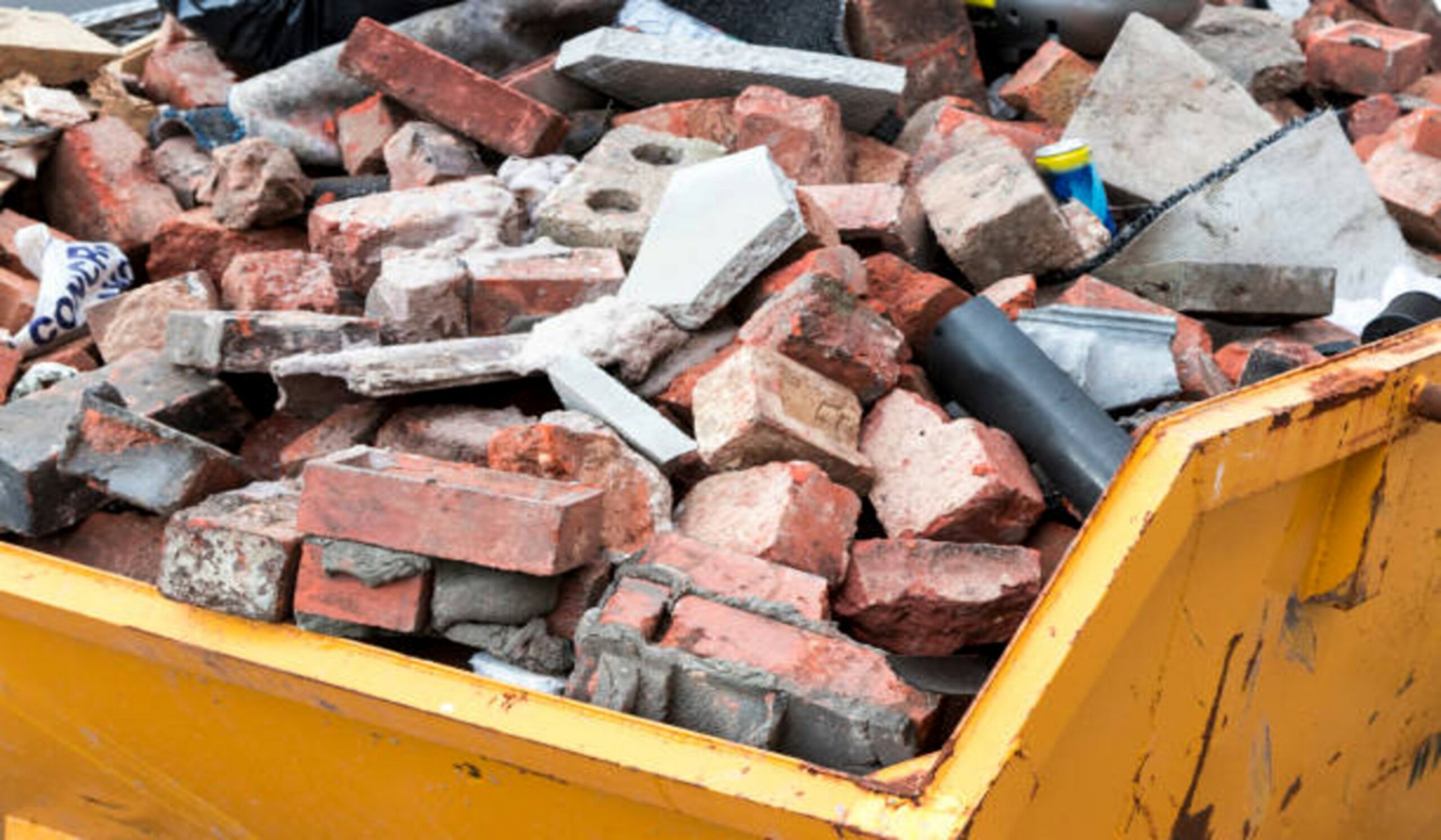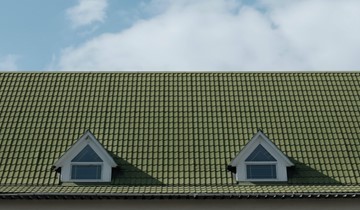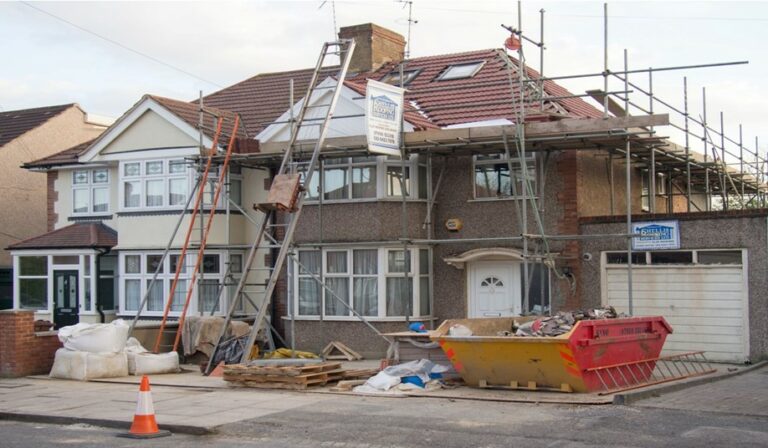Construction waste refers to the materials, debris, and by-products that are generated during the construction, renovation, demolition, or dismantling of infrastructure. This broad term covers a variety of materials, including wood, metal, concrete, brick, and plastic, as well as hazardous liquids and gases.
I’ve been an architect for more than a decade, and I’m never pleased at the amount of waste generated at constructions. It’s always a worrying issue, as construction waste has a major negative impact on the environment globally. For context, construction projects create at least 40% of the world’s carbon dioxide emissions.
Proper waste management and recycling will go a long way toward reducing such damage. Apart from saving the environment, an essential benefit of construction waste management is the amount of money, time, and effort it saves construction projects. In this article, I’ll be teaching you how to properly manage and dispose of construction waste.
Types of Construction Waste
Before learning how to properly dispose of construction waste, you need to be familiar with the different types. Construction waste is generally classified into two categories: hazardous and non-hazardous waste.
Non-hazardous construction waste
This category includes types of construction waste that are not harmful to human health or the environment. Non-hazardous construction waste can often be recycled, reused, or safely disposed of in landfills. Examples of non-hazardous waste include:
- Concrete and bricks
- Wood waste
- Metal waste
- Plastics waste
- Glass waste
- Gypsum waste
- Asphalt waste
- Soil waste
Hazardous construction waste
This includes types of construction waste that can harm humans or the environment. Hazardous waste requires careful handling and disposal to minimize the risk of damage. Examples of hazardous waste include:
- Chemical waste, such as paint, solvents, and adhesives.
- Oil and fuel waste, such as diesel and gasoline.
- Batteries and other electrical waste, including fluorescent light bulbs and lamps.
- Asbestos-containing materials, such as insulation and roofing materials.
- Medical waste, including sharps and other contaminated materials.
How to Properly Dispose Of Non-Hazardous Construction Waste
Here are several ways to remove non-hazardous construction waste safely:
Landfills
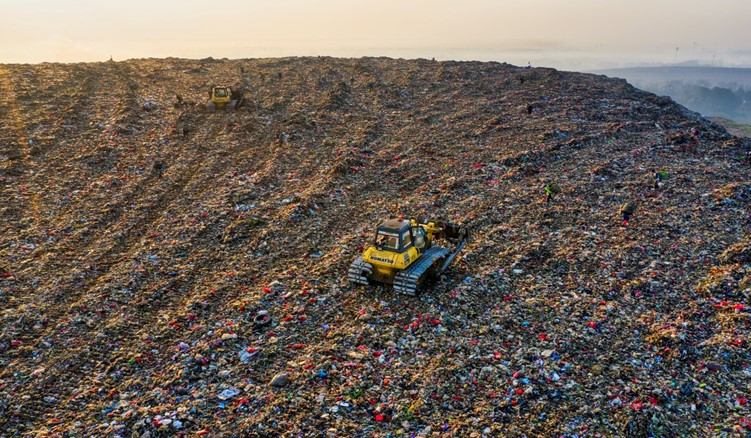
Landfills are one of the most common construction waste disposal methods. Landfills are carefully designed to minimize environmental impact and protect public health.
Incineration
This process burns waste to reduce its volume and eliminate its odor. Non-hazardous construction waste, such as wood waste and plastic waste, can be incinerated to generate energy. However, incineration can produce harmful air emissions and ash residues that require proper disposal.
Recycling
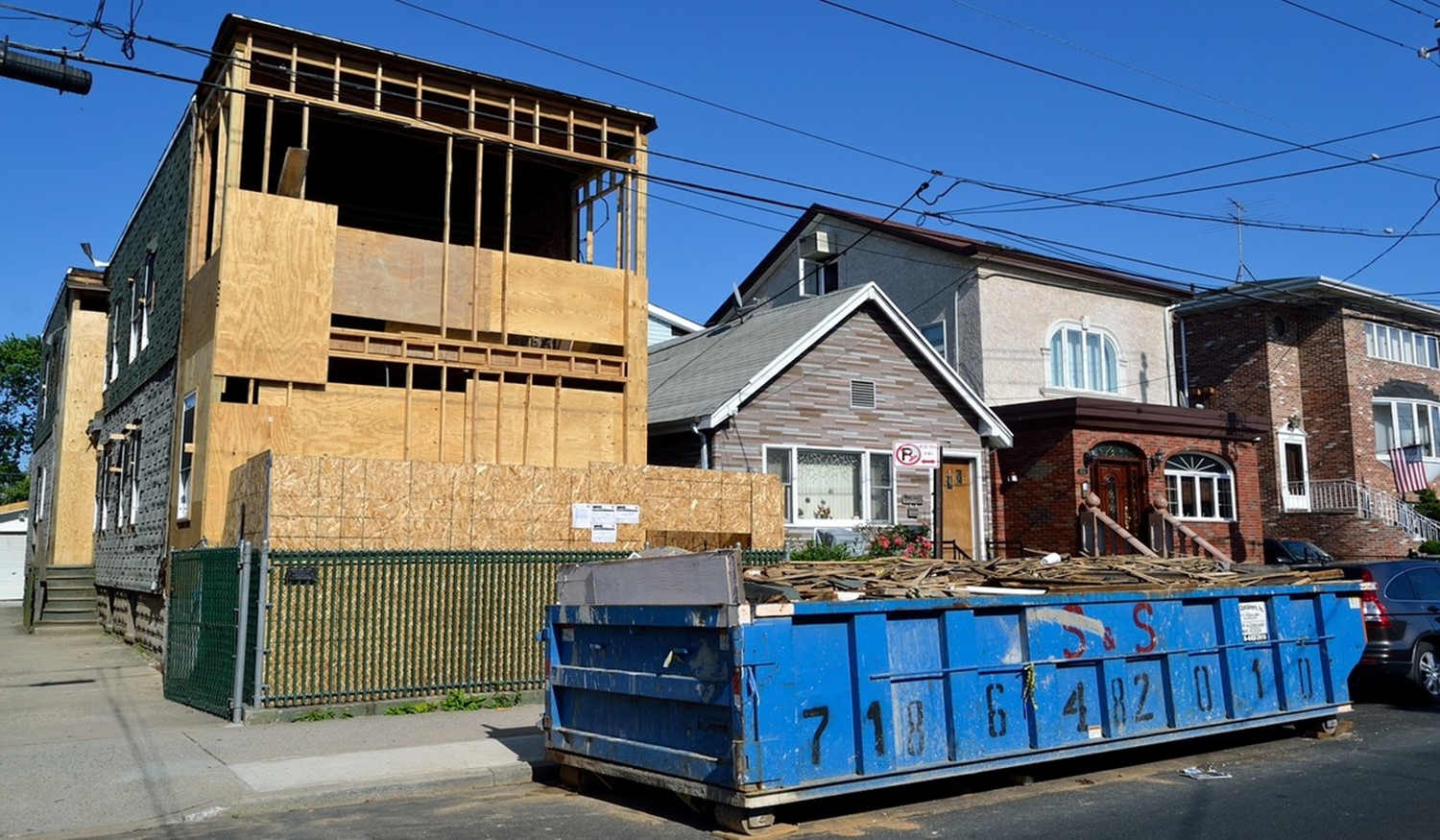
Recycling non-hazardous construction waste is an effective way to reduce landfill waste and conserve natural resources. Recyclable construction waste includes concrete, bricks, wood, and metal.
Reuse
Reusing construction waste is a practical way to reduce waste and save money. Many construction materials, such as concrete, bricks, and wood, can be reused for other construction projects. For example, concrete can be crushed and used as aggregate for new construction projects.
Composting
Composting converts organic waste into nutrient-rich soil. Non-hazardous construction waste, such as yard waste and food waste, can be composted. This is an effective way to reduce waste and conserve natural resources.
How to Properly Dispose of Hazardous Construction Waste
Here are several ways to remove hazardous construction waste safely:
Chemical treatment
This involves treating hazardous construction waste with chemicals to neutralize the hazardous substances. Chemical treatments can include neutralization, oxidation, and reduction
Incineration
This process involves burning the waste at high temperatures, reducing it to ash and other byproducts. Incineration is often used for medical waste, chemical waste, and other toxic materials.
Landfills
Landfills are designed for the disposal of hazardous waste. Hazardous waste is stored in a separate area of the landfill to avoid contaminating other waste streams. A landfill is often used for solid hazardous construction waste, such as asbestos and contaminated soil. Some solid waste, such as asbestos, have varieties that require regulations in their disposal.
Recycling
Hazardous waste can be recycled by extracting useful materials from the waste stream. This method helps to reduce the amount of waste going into landfills and conserves natural resources. Some hazardous waste, such as mercury, have special recycling sites. Items containing mercury, such as lamps, thermometers, smoke detectors, and old paint, should be taken to a mercury recycler or consolidation site.
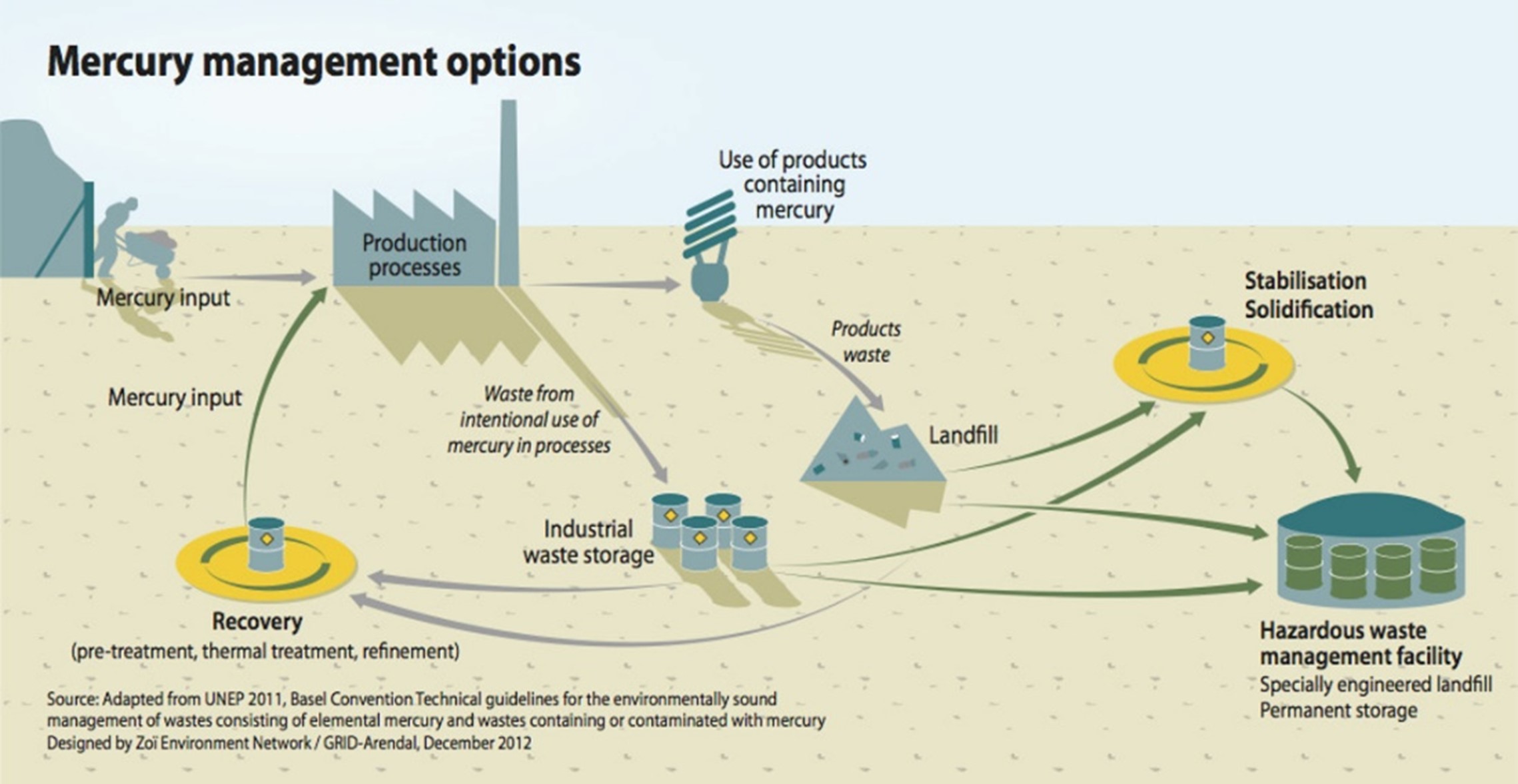
Bioremediation
Bioremediation uses microorganisms to break down hazardous waste into non-hazardous substances. This method is often used for organic waste, such as oils and grease.
How to Improve Your Construction Waste Management and Disposal
-
Develop a construction waste management plan
Developing a construction waste management plan is one of the essential things to do before starting a construction project. I’ve never started a project without creating one. I find it’s essential if you want to avoid unforeseen damage, expenses, and time wastage. The plan should consider:
- Potential waste streams i.e., what materials will likely become waste.
- How waste will be stored and transported on-site.
- Waste reduction and recycling measures.
- Who will be responsible for waste management.
- Regulations (local, regional, or federal) and protocols that need to be followed.
- How waste will be disposed of and the methods that will be used.
- A schedule for regular waste audits.
-
Segregate waste on-site
Separate waste at the source into different categories, such as metal, wood, plastic, and hazardous waste. This will help reduce landfill waste and increase the chances of waste recycling.
-
Educate and train construction workers
Raising awareness and educating workers on proper waste disposal practices can significantly improve the waste disposal process. Construction companies should provide training to their employees on how to properly dispose of waste, the importance of reducing waste, and the benefits of recycling.
-
Adopt waste reduction practices
Reducing the amount of waste generated at the construction site will greatly improve your waste disposal process. Ways to improve waste reduction include:
- Using selective demolition methods.
- Adopting efficient material management to prevent damaging materials unnecessarily.
- Reusing and recycling materials in later phases of the construction project.
-
Hire a dumpster rental
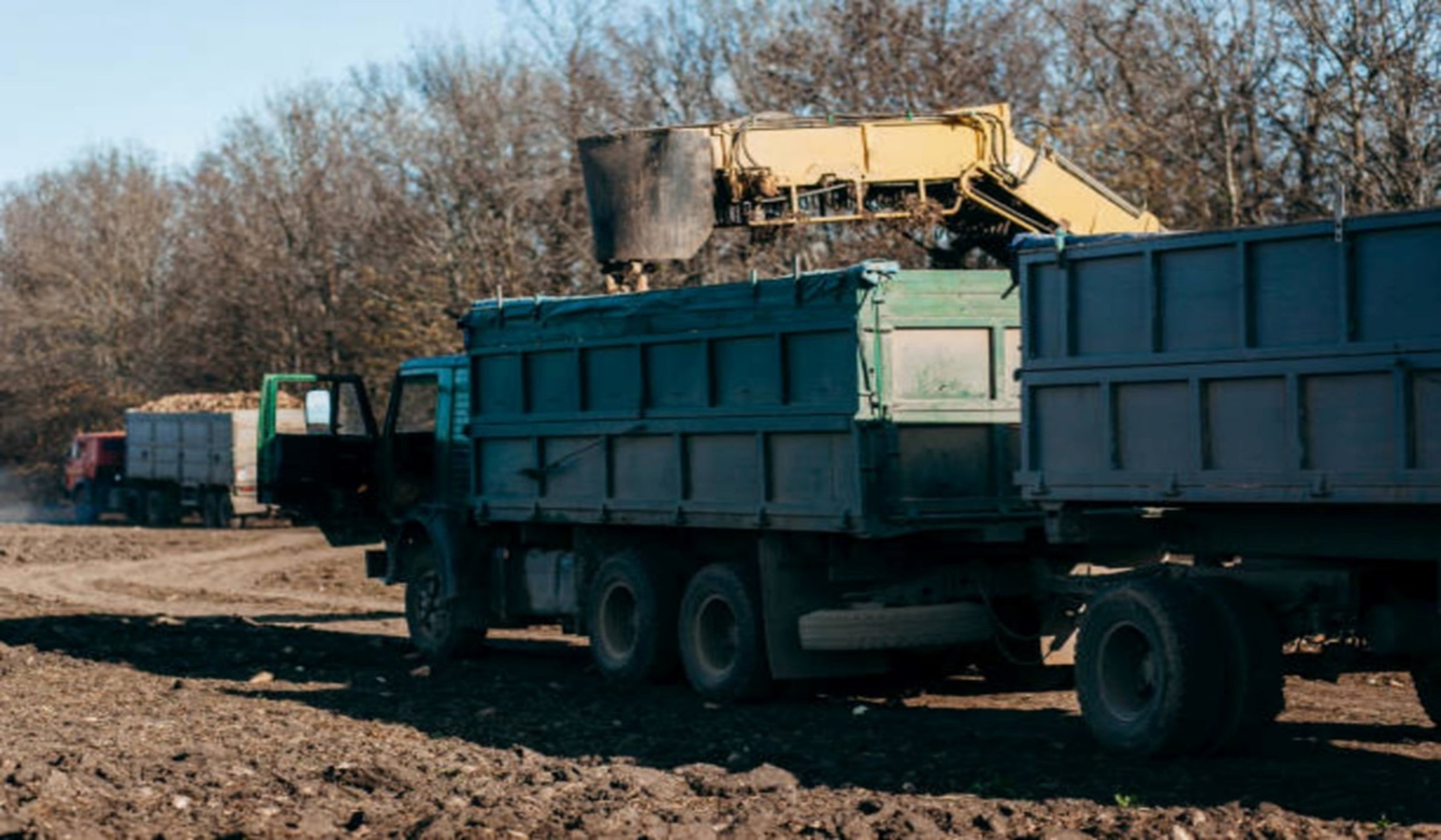
Photo: Andrey Grigoriev
Dumpster rentals are professionals in waste management, so hiring one is by far one of the best ways to streamline your construction waste disposal. I often hire a West Allis dumpster rental for my construction projects. Apart from removing the hassle of waste management, they also guarantee the safety of my workers, especially when it comes to dealing with hazardous waste.
More benefits of hiring a dumpster rental include:- They handle waste segregation, making it easier to dispose of waste correctly.
- They are cost-effective, especially for large construction projects. A dumpster rental saves the need to spend money on transporting waste.
- They are more equipped and knowledgeable about environmentally friendly waste management solutions

